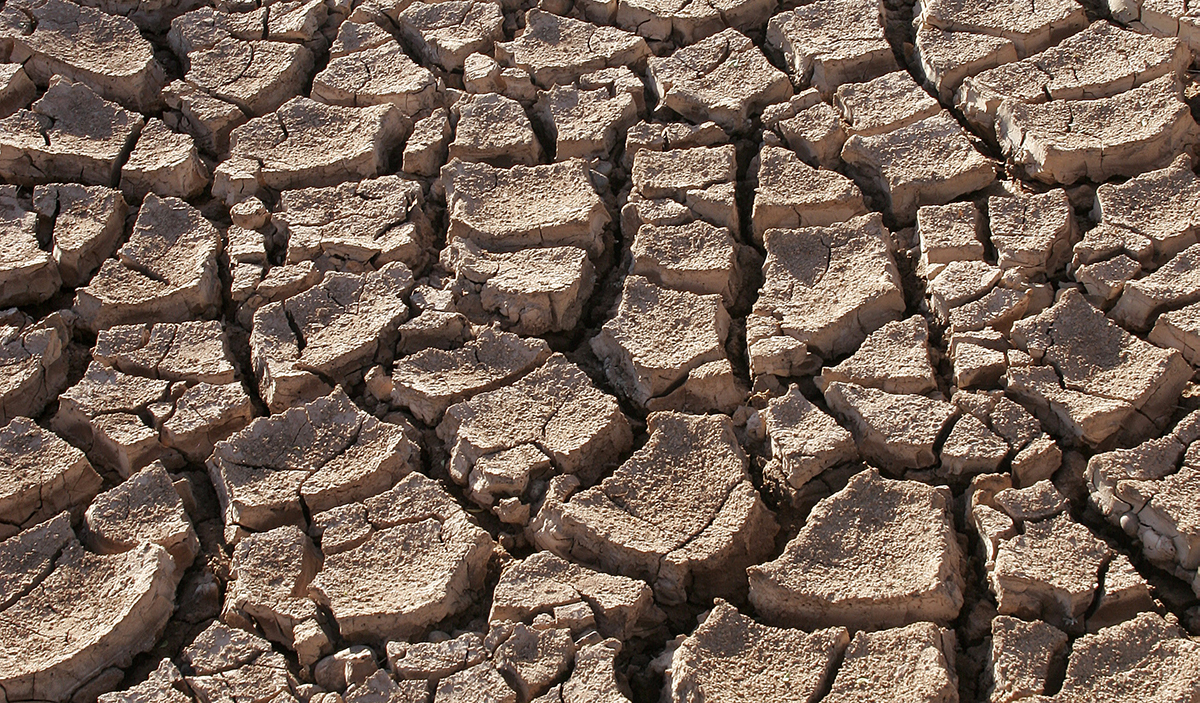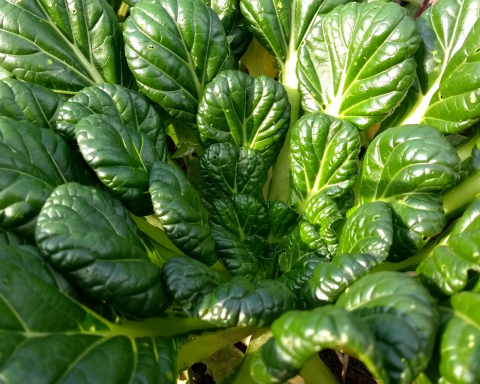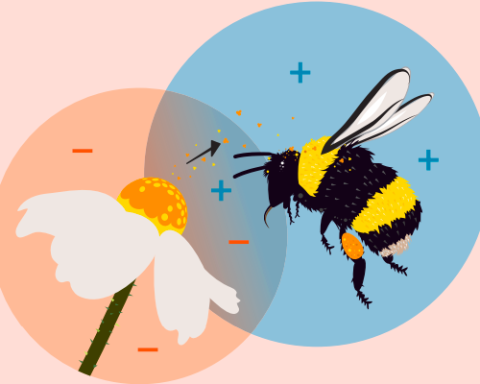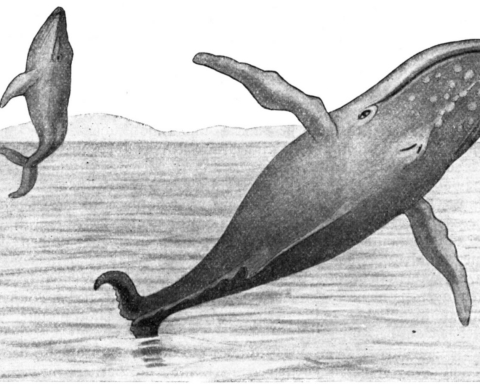Are We on the Brink of an Ecological Armageddon?
Marjorie Harris BSc, IOIA V.O.
The United Nations’ 2005 Millennium Ecosystem Assessment Report identified that “biodiversity is an essential prerequisite for the maintenance of ecosystem services providing manifold benefits to human well-being.”
How is Climate Change Impacting the Biodiversity of our Planet’s Ecosystem?
Regional climate change hot spots have begun to undergo dramatic biodiversity reductions and, in some cases, ecosystem collapse due to temperature related food chain disruptions. Scientists in the field of phenology, the study of cyclic and seasonal natural phenomena relating to climate, plant, and animal life have found that rapid climate change is causing a decoupling of once synchronized light-sensitive cycles from temperature-sensitive cycles.
Slower shifts in climate over geological time frames are well recognized natural and cyclic phenomena. Climate studies have demonstrated that a climate shift 6,000 years ago in northern Africa converted the Sahara grassland savannahs to desert sands. Archeological evidence has found cave paintings in the desert showing mermaids and swimmers in the now-dry local lakes.
How Can We Know that Human Activities are Actually Contributing to an Increase in Global Temperatures?
As the Industrial Revolution was being propelled forward by the burning of fossil fuels, the Greenhouse Effect began building as those fossil fuels released greenhouse gases. The Industrial Revolution began in the 1760’s in Europe and had rooted in North America by the 1820’s.
Atmospheric carbon dioxide concentrations have risen by 39 percent and methane levels have risen to the highest concentrations in at least 650,000 years. These greenhouse gases prevent thermal radiation from leaving the Earth’s surface atmosphere with the ocean acting as a heat sink. The upper ocean layer’s heat content has increased significantly more in recent decades. As the ocean absorbs heat, waves, tides, and currents, move that heat from warmer to cooler latitudes, and to deeper levels. Eventually this heat energy re-enters the land systems by melting ice shelves, evaporated water (rain), or by directly reheating the atmosphere. Heat energy stored in the ocean has a long life span—it can warm the planet for decades after it was absorbed.
Early oceanographers recorded ocean temperature data from 1872 to 1876 aboard the HMS Challenger. The ship sailed 69,000 nautical miles, recording 300 ocean temperature profiles at several depths. Fast forward to today’s Argo Project headed up by oceanographer Dr. Dean Roemmich. The Argo Project uses 3,000 free-drifting floats for long-term monitoring of global ocean temperatures and salinity every 10 days. In a recent scientific paper Dr. Roemmich reported the results, comparing today’s ocean temperatures to those taken by HMS Challenger’s crew. The study revealed an overall average temperature increase of 1.1 degrees Fahrenheit (0.59 degrees Celsius) at the ocean’s surface over the past 135 years.
Rising Ocean Surface Temperatures Directly Influence Global Weather Patterns
NASA scientists have developed computer simulations of historical weather data. These data described the ocean temperatures that created the weather conditions leading to the North American Dust Bowl from 1931 to 1939, considered to be the most significant meteorological event of the 20th century. NASA scientists found that the Atlantic Ocean surface temperature had risen by 1 degree Farenheit, and that the Pacific Ocean had experienced a cooling La Niña cycle. The combination triggered the drought weather patterns for the America Plains.
The Dust Bowl eroded 100 million acres into stripped and lacerated wastelands spanning Nebraska, Kansas, Colorado, Oklahoma, Texas, and New Mexico, with dust storms severely affecting a total of 27 states. Farms in the Dust Bowl lost an average of 480 tons of topsoil per acre. By 1940, the Dust Bowl conditions had prompted the relocation of 2.5 million people. The infamous Black Sunday storm on April 14, 1935 measured 200 miles across by 2,000 feet high with winds at 65 mph. The dust blocked the sunlight causing temperatures to drop 25 degrees Farenheit in one hour. During one severe two-hour period on Black Sunday, the violent storm stripped away twice as much soil as had been dug out over seven years to build the Panama Canal.
Hugh Hammond Bennett became known as the father of soil conservation in his work as founder and head of the US Soil Conservation Service. Bennett identified poor farming practices, deep plowing, denuded soil, removal of trees, and drought as the main causes of the Dust Bowl.
Under Bennett’s leadership, the US Soil Conservation Service initiated a 30-year program to restore and mitigate the damages of the Dust Bowl, including the replanting of denuded land. Bennett also set up programs to teach farmers better land management techniques such as leaving crop stubble in the field after harvest. Additionally, in the 1930’s, the US government purchased 11.3 million acres and replanted native grasslands. However, damage to the land was so severe, that by the year 2,000 some areas were still barren of growth and blowing dust.
Light and Temperature-Sensitive Ecosystem Cycles
Bennet stated, “the Kingdom of Nature is not a democracy; we cannot repeal natural laws when they become irksome. We have got to learn to conform to those laws or suffer severer consequences than we have already brought upon ourselves.”5
Here we are some 80 years after Bennett’s warning, and status updates report that climate change is moving forward unabated. An important factor in climate change is the disruption of ecosystem relationships by decoupling synchronized light-sensitive cycles from temperature-sensitive cycles.
Farmers are familiar with counting heat units to time the application of pest controls. This is because many insects—as well as reptiles, and amphibians—use temperature-sensitive cycles as cues for hatching emergence. Sex selection for some reptiles, such as crocodiles, is temperature based—the temperature of incubation will determine the sex of the offspring. This leaves many reptiles at-risk: an entire sex can be removed from the reproductive landscape in a few breeding seasons.
Phytoplankton communities are losing biodiversity in the face of higher ocean temperatures as natural selection is for more heat-tolerant groups. Phytoplankton make up only 0.2 percent of global primary producer biomass, yet they are responsible for about 50 percent of the world’s primary food production. In addition, phytoplankton are key components in the global carbon cycle. Reduction in the biodiversity of phytoplankton communities changes the primary producer profiles and reduces the resilience of the ocean ecosystem.
The concept of an Ecological Armageddon is emerging — Dr. CA Hallmann reports an 82 percent decline in flying insects at 63 protected sites in Germany, over a 27-year study period. Hallmann notes, “loss of insects is certain to have adverse effects on ecosystem functioning, as insects play a central role in a variety of processes, including pollination, herbivory and detrivory, nutrient cycling, and providing a food source for higher trophic levels such as birds, mammals, and amphibians. For example, 80 percent of wild plants are estimated to depend on insects for pollination, while 60 percent of birds rely on insects as a food source.”
In Puerto Rico’s Luquillo rainforest, researcher Bradford C. Lister found that biomass loss increased from 10 to 60 times over the 30-year study period. Lister’s analysis revealed a synchronous decline in lizards, frogs, and birds that eat insects. Lister determined that the forest temperature had risen 2.0 degrees Celcius over the study period—a temperature change that prevented insect eggs from hatching, and reducing food supply for animals higher up the food chain.
Light-sensitive activities for mammals and birds include migration, breeding, and predation. As well, some plants are reliant on light-sensitive cues for growth stimulation.
For example, caribou populations in the Artic are in decline due to the decoupling of temperature and light-sensitive cycles. Pregnant caribou migrate to birthing grounds based on light cues to time their arrival with the emergence of nutrient-rich plant growth. However, due to rising artic temperatures, the plants are germinating earlier. When the pregnant caribou arrive to their feeding grounds, plant nutrition has already decreased—resulting in malnourished caribou mothers producing fewer calves. Another light-sensitive lifecycle example is the change in the Arctic mosquito cycle. Migrating birds rely on the larval Arctic mosquitos as a rich food source, but the mosquitos are hatching earlier under warmer temperatures. When birds arrive, the mosquitos are in their adult form, and the birds are without a source of food. The now unchecked mosquito population impacts the caribou lifecycle when caribou calves are predated to death by unusually gigantic swarms of blood-sucking adult mosquitos.
The butterfly effects of climate change on the intricacies of the planetary food web are only just emerging. Hopefully, we can adapt before an Ecological Armageddon occurs.
Marjorie Harris (BSc, IOIA VO) is an organophyte, consultant, and verification officer in BC. She offers organic nutrient consulting and verification services supporting natural systems.










